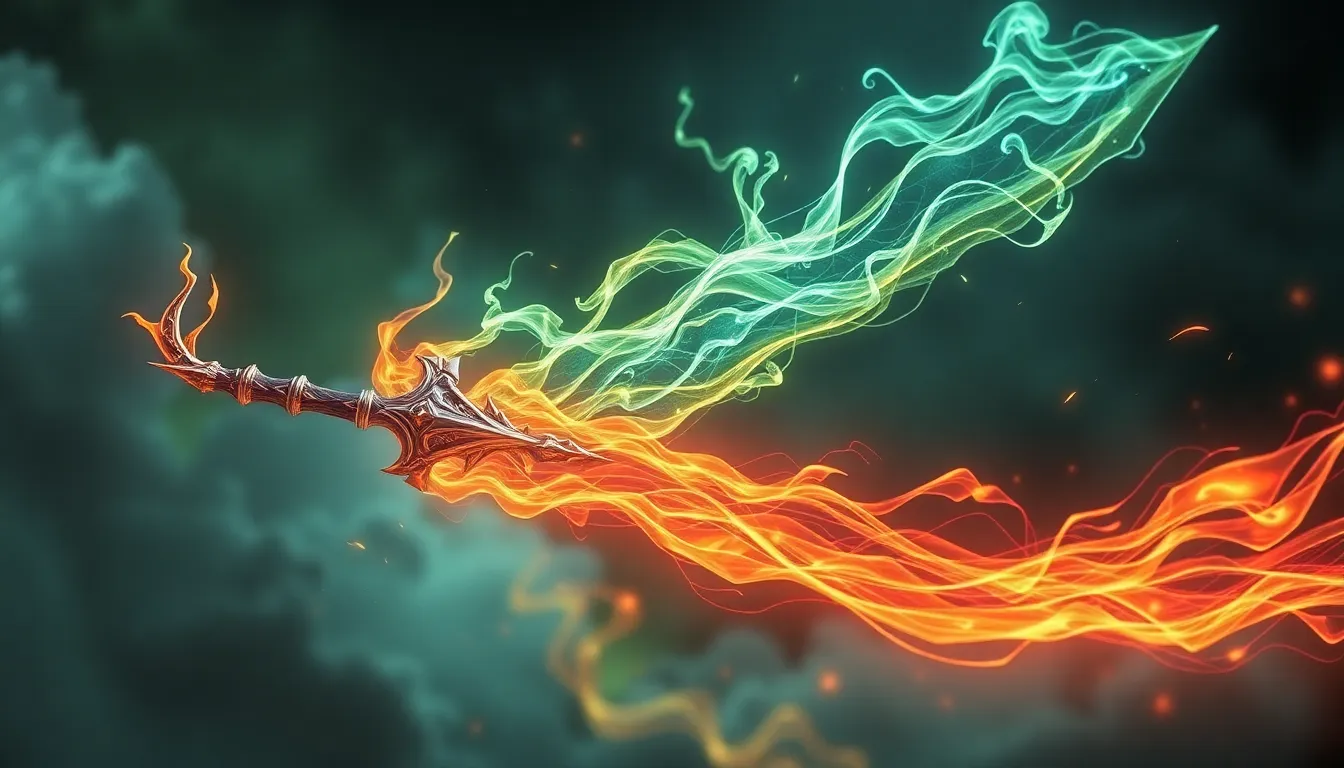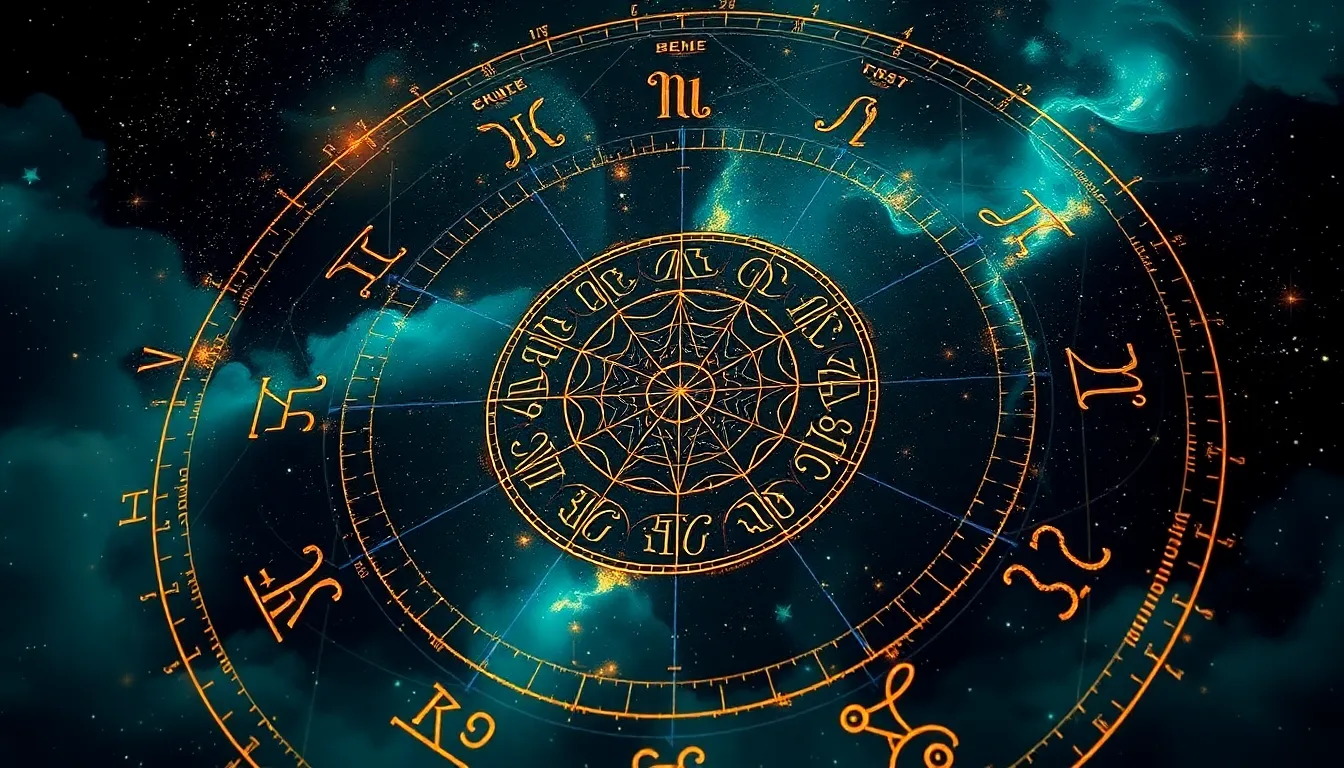The Divine Edge: 10 Mythical Weapons with Unparalleled Power
I. Introduction
Mythical weapons have captivated human imagination for centuries, serving as powerful symbols of strength, valor, and destiny. Defined as extraordinary weapons often imbued with magical properties or divine significance, these artifacts are central to many mythologies and folklore around the world.
The importance of weapons in mythology transcends mere physical power; they often represent the ideals of the cultures they originate from, embodying the struggles between good and evil, the divine and the mortal. This article aims to explore ten of the most legendary mythical weapons, delving into their origins, powers, and cultural significance, while highlighting their enduring legacy in modern storytelling.
II. Excalibur: The Sword of Destiny
Excalibur, perhaps the most famous sword in Western literature, is steeped in Arthurian legend. According to various stories, it was either given to King Arthur by the Lady of the Lake or pulled from a stone as a testament to his rightful claim to the throne.
This legendary weapon is often depicted as having unparalleled sharpness and the ability to cut through any material. Excalibur’s significance extends beyond its physical attributes; it symbolizes divine kingship and the virtues of justice, bravery, and honor that a king must uphold.
Its cultural impact is immense, inspiring countless adaptations in literature, film, and art, from T.H. White’s The Once and Future King to the popular “Sword in the Stone” adaptations.
III. Mjölnir: Thor’s Hammer
Mjölnir, the hammer of Thor, is one of the most iconic weapons in Norse mythology. This formidable weapon is described as being capable of leveling mountains and could only be wielded by those deemed worthy, primarily the thunder god Thor himself.
In Norse mythology, Mjölnir symbolizes protection, fertility, and the power to keep chaos at bay. Its significance is further emphasized in various myths, where Thor uses it to defend Asgard and humanity from giants and other threats.
In modern culture, Mjölnir has found a new life in superhero lore, particularly through Marvel Comics and the Marvel Cinematic Universe, where Thor’s adventures have brought Norse mythology to a global audience.
IV. Kusanagi: The Grass-Cutting Sword
Kusanagi, a legendary sword from Japanese mythology, also known as the “Grass-Cutting Sword,” has a rich history intertwined with the mythology of the Yamato dynasty. According to legend, it was discovered in the tail of an eight-headed dragon, Yamata no Orochi, by the hero Susanoo.
Kusanagi is said to possess the power to cut through anything, including grass and the very fabric of reality. It is also associated with the divine right of the Japanese emperors, symbolizing their authority and connection to the gods.
This sword has appeared in various forms of literature and media, including anime, manga, and video games, solidifying its place as a significant artifact in Japanese culture.
V. The Spear of Destiny: The Lance of Longinus
The Spear of Destiny, also known as the Lance of Longinus, is a relic steeped in Christian lore. It is said to be the spear that pierced the side of Jesus Christ during the crucifixion, thus gaining an aura of immense power and significance.
Myths surrounding the spear claim that it grants its wielder the ability to control the fate of nations and achieve victory in battle. This aura of power has made it a sought-after artifact throughout history.
The spear has been depicted in numerous works of art and literature, symbolizing the intertwining of faith, destiny, and power.
VI. Gáe Bulg: The Cursed Spear of Irish Myth
In Irish mythology, Gáe Bulg is the infamous spear wielded by the hero Cú Chulainn. Its origins are shrouded in tales of heroism and tragedy, often associated with the otherworldly powers of the Tuatha Dé Danann.
This spear is said to possess unique properties that cause it to inflict fatal wounds that cannot be healed. The curse associated with Gáe Bulg adds a layer of complexity to its legend, intertwining themes of fate and sacrifice.
The tale of Gáe Bulg has influenced countless stories in Irish folklore and beyond, highlighting the tragic hero archetype and the consequences of wielding such power.
VII. The Trident of Poseidon
The Trident of Poseidon, the Greek god of the sea, is a powerful symbol of his dominion over the oceans and all aquatic life. This three-pronged spear is often depicted as capable of creating storms, earthquakes, and even raising islands from the depths of the sea.
In Greek mythology, Poseidon uses his trident to control the waters and protect sailors, embodying the duality of creation and destruction inherent in the sea.
Modern interpretations of Poseidon’s trident can be seen in various media, including films, video games, and literature, where it continues to represent power and authority over the natural world.
VIII. The Sword of Gryffindor
The Sword of Gryffindor, from J.K. Rowling’s Harry Potter series, is a magical weapon imbued with the essence of its founder, Godric Gryffindor. It is known for its ability to absorb that which makes it stronger, especially when wielded against dark forces.
This sword plays a crucial role in the battle against Voldemort and his followers, symbolizing bravery, loyalty, and the fight against evil. It has become an iconic element of the Harry Potter franchise, resonating deeply with fans and symbolizing the triumph of good over evil.
The legacy of Gryffindor’s sword continues to thrive in fan culture, inspiring discussions, fan art, and theories about its powers and significance.
IX. The Shield of Achilles
The Shield of Achilles, described in Homer’s “Iliad,” is a masterwork of divine craftsmanship, depicting scenes of both war and peace. Its intricate designs symbolize the dual nature of humanity, showcasing both the beauty and brutality of life.
This shield not only serves as a protective barrier but also represents Achilles’ heroic status and invincibility in battle. The artistry of the shield has inspired countless interpretations in art and literature, symbolizing the ideal of protection.
X. Conclusion
Mythical weapons have always held a significant place in the hearts and minds of people across cultures. They embody the struggles, ideals, and aspirations of humanity, serving as powerful symbols in storytelling.
The enduring influence of these legendary artifacts can be seen in modern literature, film, and art, as they continue to inspire new generations of creators and audiences alike. Whether through the tales of King Arthur, Thor, or Cú Chulainn, these mythical weapons invite us to explore the depths of our collective imagination and the values we hold dear.
As you dive deeper into the world of mythology, consider exploring the stories surrounding these legendary artifacts to fully appreciate their impact on culture and storytelling.




